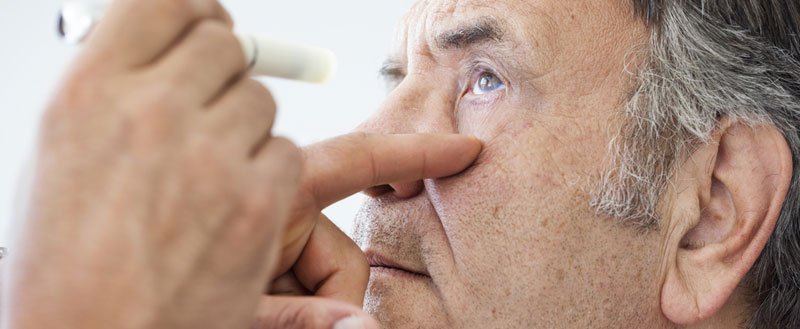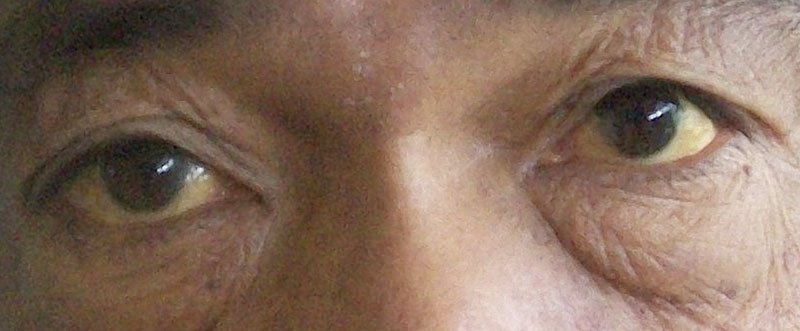For any society, its elderly population is a source of great wisdom and pride. It is also an indication of the success of health programs, supporting the fact that people are living longer than ever before. As far as the eye health of the seniors is concerned, it is vital to encourage healthy lifestyles that promote eye health in the long term. It is also essential that we ensure that older people have good access to eye care services.
Why is taking care of the eyes critical in the elderly?
It is because though problems with the eyes and vision can occur at any age, they are more common in seniors. For most eye diseases like cataract, Age-Related Macular Degeneration (AMD) and glaucoma are more common in the elderly. Comorbidities like diabetes, high blood pressure, and cardiovascular disease increase the risk of age-related eye diseases. Poor vision can result in restricted mobility at a time of life when staying active is crucial to maintain health and quality of life.
What must one do to ensure better vision as one age?
1. Regular eye exams
The importance of the annual eye check-up with an ophthalmologist cannot be overemphasized in this age group. Not only is it important because it can pick up diseases like cataract, AMD, and glaucoma in the initial stages, but also it can provide insight into systemic conditions like diabetes and hypertension.
2. Normal blood pressure, cholesterol and glucose levels
Systemic diseases such as hypertension, diabetes, and atherosclerosis are not only linked to cardiovascular disorders; they also increase the risk of loss of vision due to adverse changes in the blood vessels of the eyes. These can range from hemorrhages, exudations, and blockage of blood vessels in the eye.
3. Wear your prescription glasses
Most seniors require glasses for near and distance. Wearing them ensures better vision, and consequently, decreases the risk of falls and accidents. In case of seniors with low vision who do not get better vision despite the best medical and surgical interventions, the ophthalmologist will prescribe low vision aids to ensure independent functioning of the individual.
4. Wear protective glasses
Protecting eyes from the harmful ultraviolet light is important. Wearing a hat with a brim, or a scarf/ dupatta can shield your eyes. Wearing sunglasses, or even prescription glasses with a UV protecting coating.
5. Adopt a healthy lifestyle
A healthy diet including lots of leafy greens, whole grains, fruits, and vegetables provides all the essential nutrients not only for the eyes but the entire body. Exercise is necessary for maintaining general physical health and warding off disease. Our eyes, just like the rest of the body require a proper blood circulation and oxygen intake, and regular exercise stimulates both. Read more about eye nutrition at https://www.eye7.in/eye-nutrition/.
6. Do not smoke.
Smoking is severely deleterious to health. It has been associated with an increased risk for cataract, as well as AMD. For macular degeneration, the risk is 2.5 to 3.5 times greater if you smoke. If you are over 80 and smoke, the risk of AMD increases to 5.5 times.
7. Avoid falls and eye injuries
This means one must wear prescription glasses at all times, and protective eyewear (including sun goggles and face shields) whenever required. Care must be taken to avoid falls in the home environment.
What are the common problems associated with ageing?
- Dry eyes: Most elders experience dryness of eyes to some degree, due to decreased production of tears and also impaired lid function like entropion and ectropion. Smoking increases the incidence of dry eyes, menopausal changes, computer use, overuse of sugar, dehydration, autoimmune diseases and allergies.
- Presbyopia: Presbyopia is a blurring of near vision which usually begins in the forties, and is due to age-related thickening of the lens, making the lens less flexible. Glasses are generally recommended to help the patients deal with reading and near work.
- Posterior Vitreous Detachment (PVD) and floaters: Floaters are caused by the gel-like vitreous inside the eye degenerating into a more liquefied state, due to age-related Patients usually complain of mosquitos in front of the eye, a symptom characteristic of floaters. In case it is accompanied by flashes of light, it is a sign of a pull on the retina and must immediately be checked by an ophthalmologist. Other symptoms which merit an immediate dilated eye examination include a sudden increase in floaters, decrease in vision and a curtain falling in front of the eye.
- Cataract: The most common eye disease of the elderly is cataract, an age-related clouding of the natural lens of the eye. The blurred or hazy vision that gradually worsens over time is the most common symptom of cataract. Cataract formation may be hastened by eye inflammations, surgery or metabolic diseases like diabetes. Even though cataract requires a surgery for its resolution, it is not considered sight-threatening, as the loss of vision due to cataract is not permanent. Cataract surgery and intraocular lens implantation can reverse the vision loss due to cataract.
The conditions that can prove to be sight-threatening and cause permanent loss of vision include:
- Glaucoma: Glaucoma is a disease of the eye that causes optic nerve damage, which may be related to an increase in intraocular pressure, and which causes progressive vision loss. There are two broad categories of glaucoma: open angle and closed
- Age-Related Macular Degeneration: AMD is one of the leading cause of blindness and is also of two types. Dry AMD causes gradual central vision loss and results from aging and thinning of tissues in the macula, the centre of the light-sensitive part of the eye. Wet macular degeneration results because of generation of new blood vessels beneath the retina, which leak fluid and cause a diminution of vision.
- Diabetic Retinopathy: Diabetic Retinopathy is a potentially vision-threatening condition due to poor sugar control in people with diabetes. In this also new blood vessels are formed on the retina, and these leak both fluid and blood resulting in swelling and hemorrhages, resulting in loss of vision. For more information, read our guide here.






